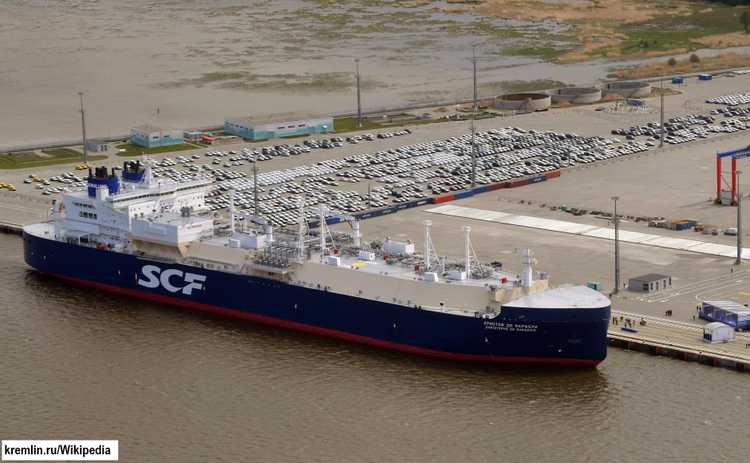Prominent researchers have identified liquid ammonia as key to transporting and storing energy with zero carbon emissions. In fact, companies in Australia and Japan have recently formed a partnership to perform a feasibility study on the entire hydrogen-as-ammonia value chain.
Blue hydrogen is hydrogen created from natural gas where CO2 from the steam reformation process is captured and sequestered. Alberta is uniquely positioned to leverage our investment in the Alberta Carbon Trunk Line and related technologies to produce blue hydrogen.
Creating ammonia from hydrogen is a well known process. It is the front end process for Nutrien’s Nitrogen Operations with annual production of over 7 million tonnes of ammonia every year. Carbon capture is being implemented at their Redwater facility.
Major world economies like Germany, Japan and South Korea have adopted hydrogen strategies to transition from fossil fuels to a hydrogen based economy. Depending on future government decisions, blue hydrogen could play a significant transition role in all of these economies.
Natural gas pipelines can transport a blend of natural gas and hydrogen simultaneously with some limitations. Liquid ammonia can be transported by ship and an EU pilot project is evaluating a ship powered by ammonia fuel cells.
But how does Alberta become a player in a hydrogen based economy? Pipelines are nearly impossible to build to either the east or west coast. And when we do, we get hit with rail blockades. We could go north but we haven’t built an ice breaker in years. Canada’s largest ice breaker CCGS Louis St-Laurent was built in 1969. On the flip side, Russia just purchased 15 ice capable LNG tankers and is going to order or build 42 more.
| CCGS Louis St-Laurent | Christophe de Margerie |
|---|---|

|

|
Oh Canada… What happened to the innovative, world leading, CANDU spirit we had?
Maybe we just need to bite the bullet and go for it. Declare a combined natural gas and hydrogen pipeline project to the future port of Grays Bay in Nunavut in Canada’s national interest. It is only 1500km from High Level, Alberta to Grays Bay.
Become a leader in the new hydrogen economy by producing blue hydrogen instead of sitting on our hands. Go after ammonia powered shipping with Ballard Power HD modules or a variant of them.
But the title of this post was $98 a barrel.
Liquid ammonia pricing is tricky business. There is a wide variance in price based on location. And our infamous carbon tax will have an impact. Let’s break it down a little.
Standard industrial processes for ammonia generation produced 451 million tonnes of carbon to generate 157 million tonnes of ammonia in 2010. That’s roughly 3 tonnes of carbon per tonne of ammonia. That will add $150CAD/tonne to ammonia pricing when we hit the $50/tonne tax set by the federal government. Carbon captured hydrogen could eliminate this cost. Germany is implementing a similar carbon tax. Seems like the “in” thing these days.
Ammonia prices vary significantly from $236 USD/tonne for bulk terminal prices in the Gulf Coast to $875CAD/tonne retail for farms in Alberta. $500USD/tonne is a fairly typical retail price in the US.
For the sake of argument, lets assume the carbon tax is applied to blue hydrogen products as an additive amount. Less tax is more money for the suppliers. We also need a few numbers to get to the barrel equivalent:
- Exchange rate: $1.3 CAD/USD
- Density of liquid ammonia: 600 kg/m3
- Volume in a barrel: 160 litres
| Ammonia Price | Boring Math | Pay Dirt? |
|---|---|---|
| 236 USD/tonne | 236 / 1000kg/tonne x 1.3CAD/USD x 600kg/m3 / 1000L/m3 x 160L/bbl |
29/bbl |
| 500 USD/tonne | 500 / 1000kg/tonne x 1.3CAD/USD x 600kg/m3 / 1000L/m3 x 160L/bbl |
62/bbl |
| 875 CAD/tonne + 150CAD tax avoidance |
1025 / 1000kg/tonne x 600kg/m3 / 1000L/m3 x 160L/bbl |
98/bbl |
OH CANADA! $98 a barrel!
Ammonia generation with carbon sequestration should allow “blue ammonia” to avoid the carbon tax and command a retail price of $98CAD/bbl. Progress is being made on cracking ammonia at the pump. No additional refining needed. This would effectively make ammonia a refined fuel worth $98/bbl. And we get it all. Talk about upgrading a product stream!
By comparison, as of May 10, 2020 Western Canada Select is sitting at $21USD/bbl or $27CAD/bbl. That’s even lower than the Gulf Coast bulk terminal cost for non-carbon captured ammonia calculated above. And it hasn’t been above $65CAD/bbl once in the past year.
Give me an a … A!
Give me an m … M!
Give me another m … M!
Give me an o … O!
Give me an n … N!
Give me an i … I!
Give me an a … A!
What does it spell?
R I C H